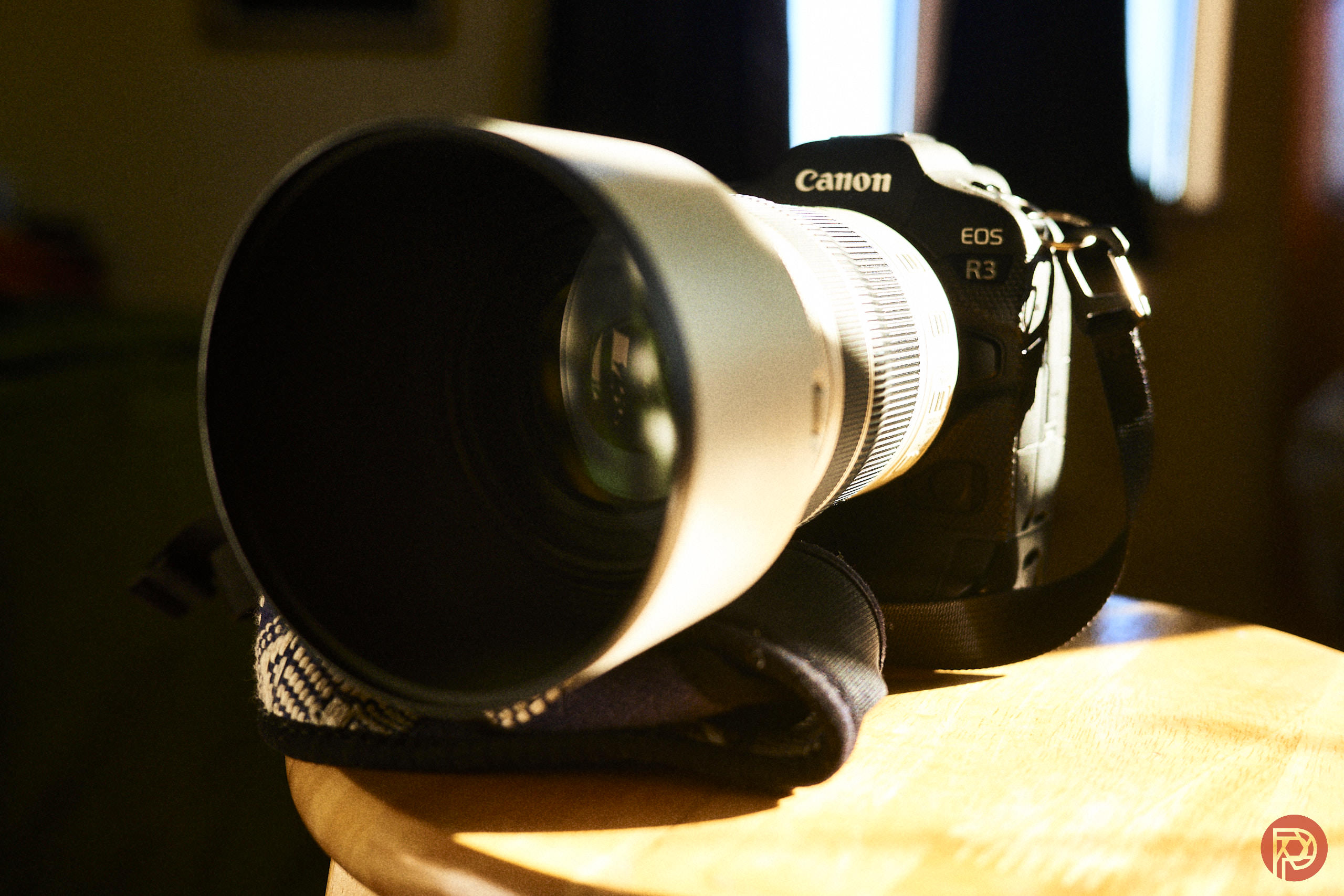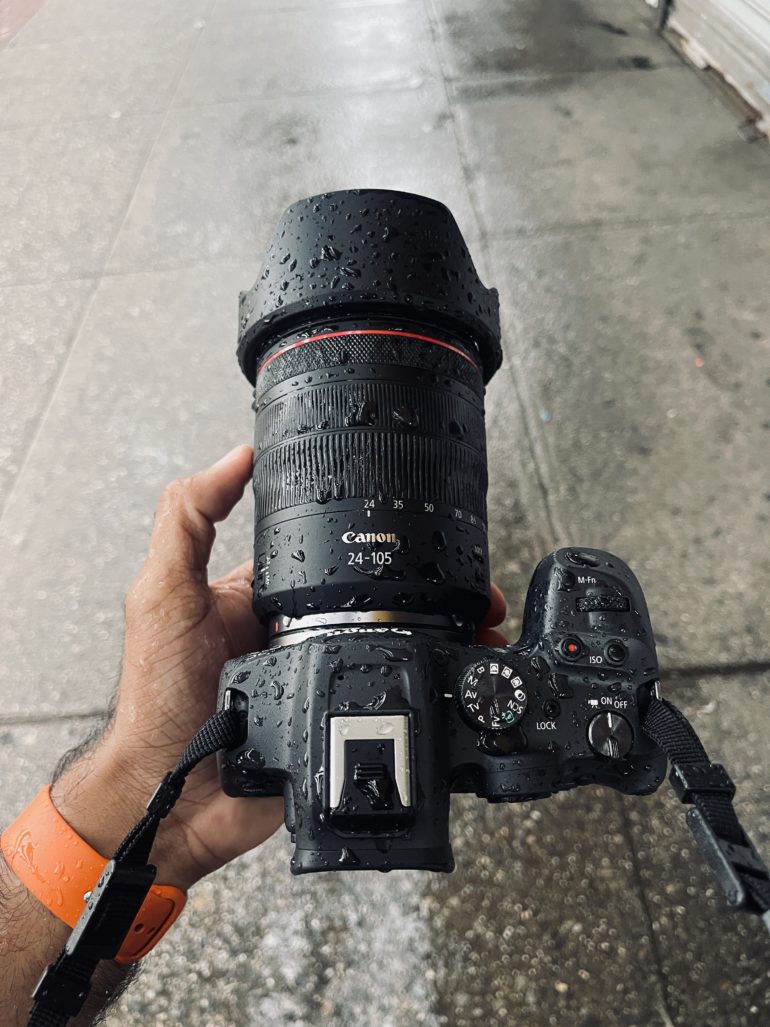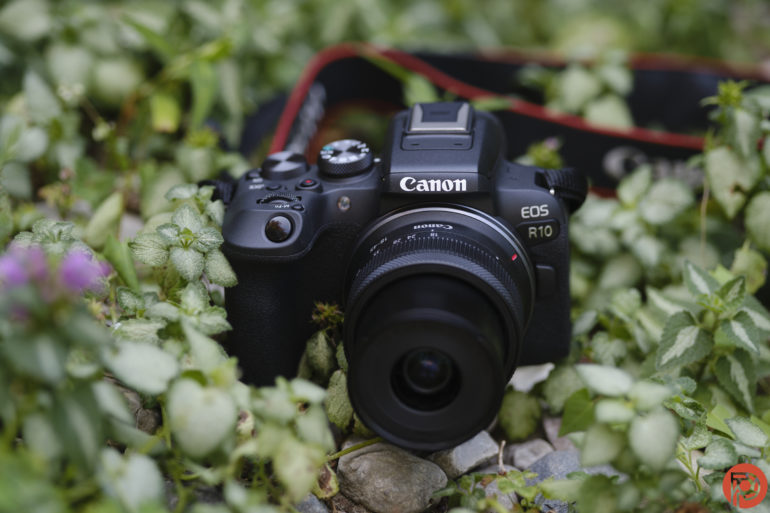
Spread the love
Canon may have been late to the mirrorless game, but the company has launched some exceptional cameras over the years. While their initial model was not exactly the best, in later editions, the company worked hard to improve its flaws. Today, in their diverse portfolio, you have cameras that work well for photographers from varying genres. Today, we take a look at 5 cameras that are quite perfect for wildlife photographers from different skill sets.
Canon EOS R1
The Canon R1 is the best flagship model that offers a lot of speed. The R1 has a 24MP full-frame sensor, DIGIC Accelerator and DIGIC X image processor, and a 9.44-million-dot viewfinder. The camera has 4897 af points, the most than any camera on this list. It can continuously shoot 40fps, 6K/60p video recording, and up to 8.5 image stabilisation. The camera is quick, offers great image quality, and has exceptional battery life. “If you’re a complete novice in terms of birding and wildlife photography, like I am, the Canon EOS R1’s subject detection and fast autofocusing will allow you to nail more shots that even I’m comfortable admitting to,” we said in our review. “Yes, when photographing birds, dogs, and people in controlled environments, the camera will keep your subject sharp – you mainly have to worry about composition.”
Canon EOS R7

One of the best budget mirrorless cameras, the R7 has a 32.5MP sensor, a continuous shooting speed of 30fps, and a dust and moisture-resistant design. The camera has IBIS up to 7 stops, 651 focus points, and can focus on birds and animals well. The autofocus has performed really well, the image quality is exceptional, it’s lightweight, affordable, and ISO up to 12,800 is also usable. As we said in our review, “Wildlife and bird photographers: this has to be one of the most perfect cameras on the market for you at a budget.”
Canon EOS R5 II

A full-frame camera, the R5 II is the latest camera from Canon that features a 45MP CMOS sensor. It has 30 fps of burst shooting, 15 fps of pre-continuous shooting by half-pressing the shutter, and 8K/60p video. The camera has shake reduction technology up to 8.5 stops, a 5.76 m-dot viewfinder, and a 3.2-inch 2.1 m-dot LCD screen. The ISO goes up to 102,400, and the autofocus points are 1,053. The camera also offers great weather resistance, image quality, and colors. As we said in our review, “During a daytime event and with the exposure preview turned off, the Canon EOS R5 II perhaps missed focus only a handful of times. That goes for photographing people and animals both. Of course, it was tougher to get the focus with birds at times. But everything that I’ve shot is acceptable in my mind.”
Canon EOS R3

A 24MP full-frame camera, the R3 is an exceptional performer. The camera houses a DIGIC X processor, a continuous shooting speed of 30 fps in electronic (which means it can shoot up to 195 fps), and an ISO up to ISO 102400. The R3 also includes 1,053 AF points, and can also track subjects such as people, animals, as well as select cars and motorcycles. It has a 3-inch 5.76-million-dot vari-angle screen, can record 6K/60p video, and has weather sealing. As we stated in our review, “Sports and wildlife photographers that are eyeing the R3 because of its headlining speed are also going to love the low light image quality.”
Canon EOS R10

The R10 is the only entry-level beginner’s camera by Canon that can work for young, aspiring wildlife photographers. The device houses a 24.2MP APS-C CMOS sensor, Dual-Pixel CMOS AF II with 651 AF points. It has subject detection, and the camera can track people, animals, and vehicles. There is the option of recording UHD 4K/60p video, and it also has a 2.36 m-dot, 0.95x-magnification OLED EVF with a 120 fps refresh rate. As for speed, the camera can shoot at 23fps with the electronic shutter and 15fps with mechanical. While the image quality is great in bright light, it lacks IBIS and weather sealing. “The Canon EOS R10 is for the new photographer on a budget,” we revealed in our review. “In particular, the animal eye AF and 15 fps burst speed makes it a decent choice for brand-new wildlife photographers.”

